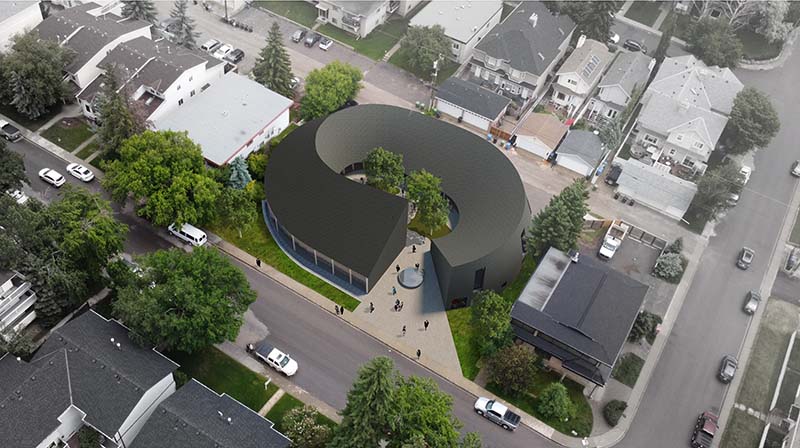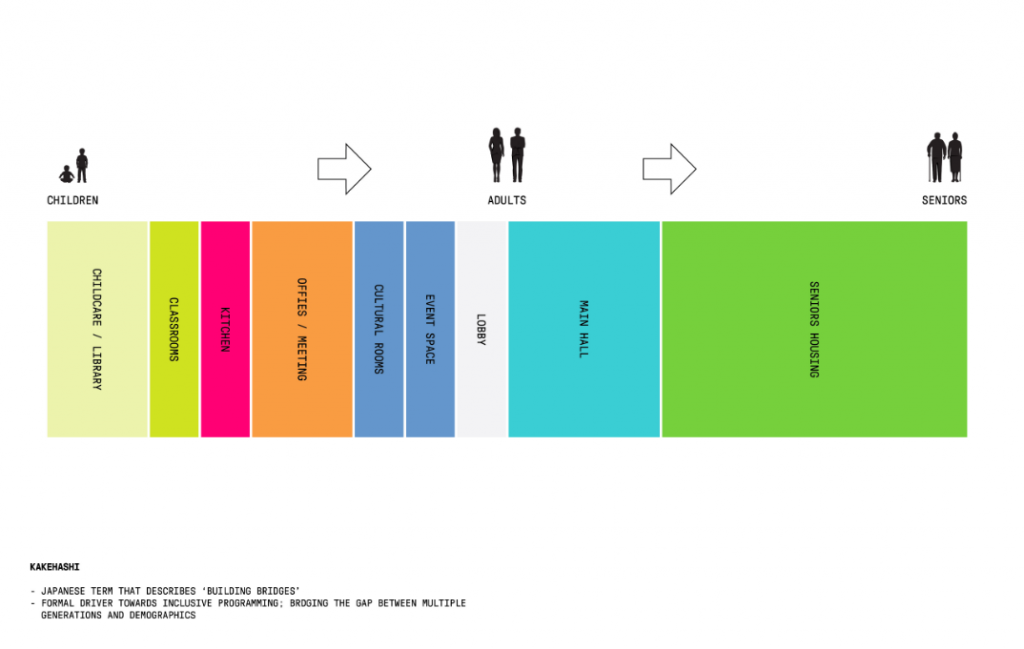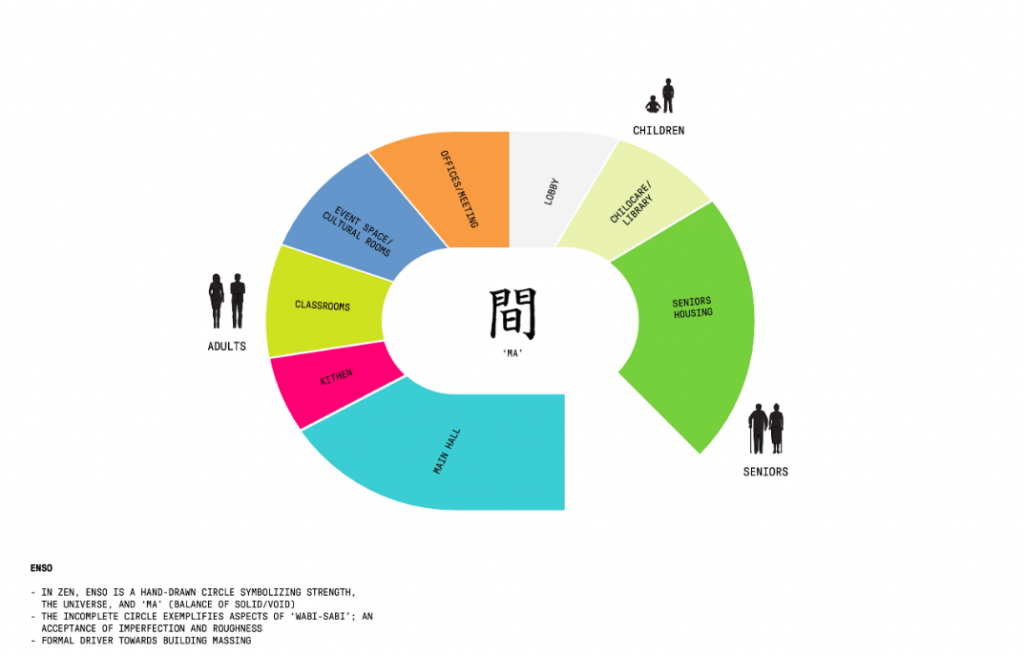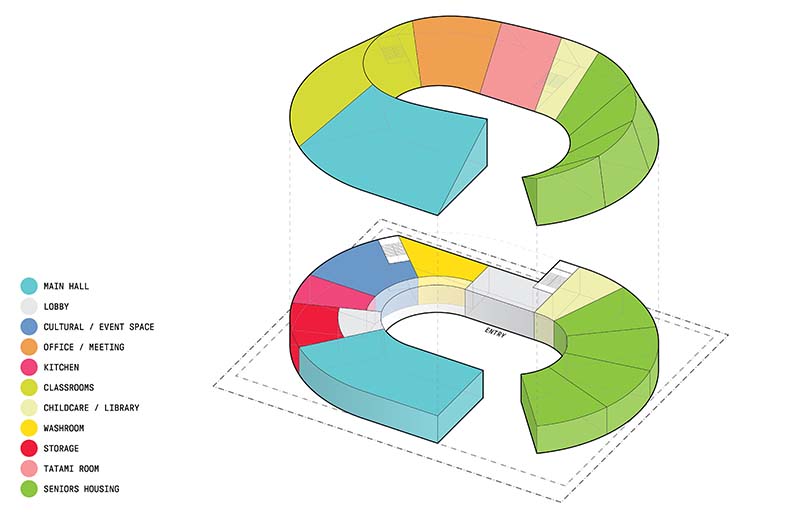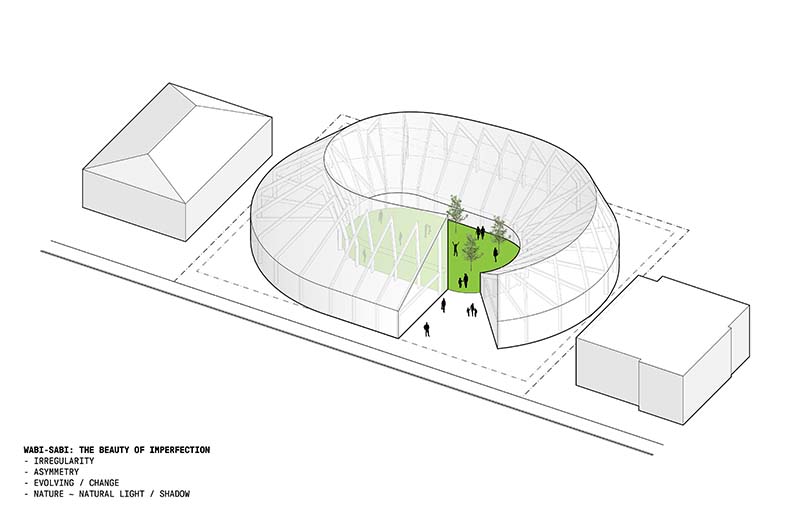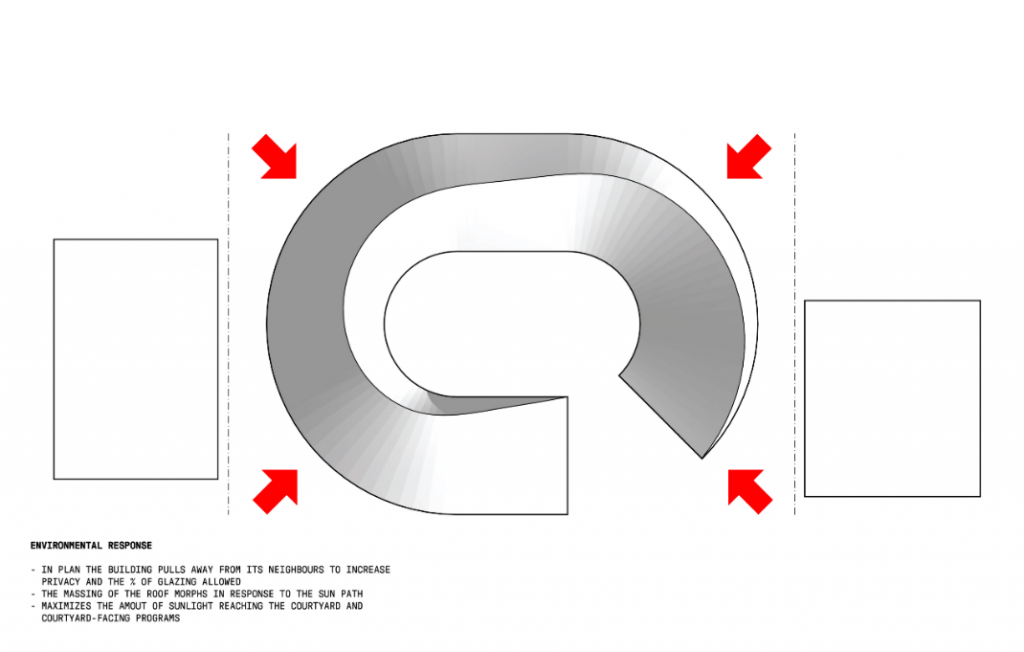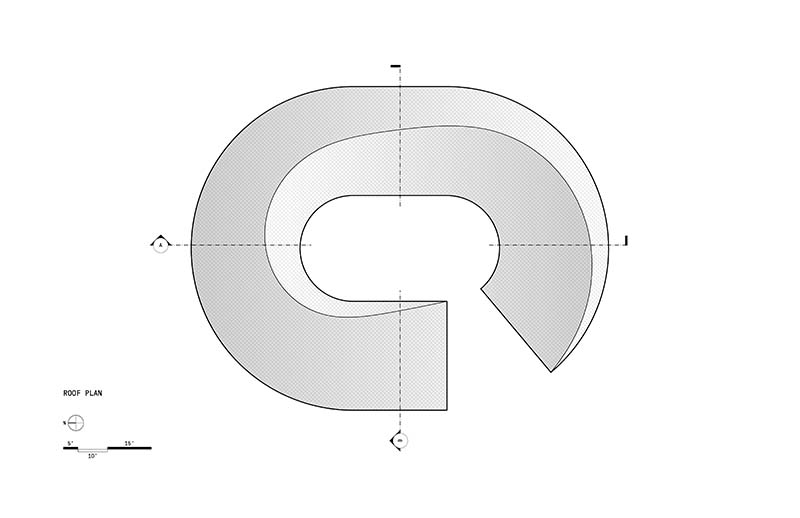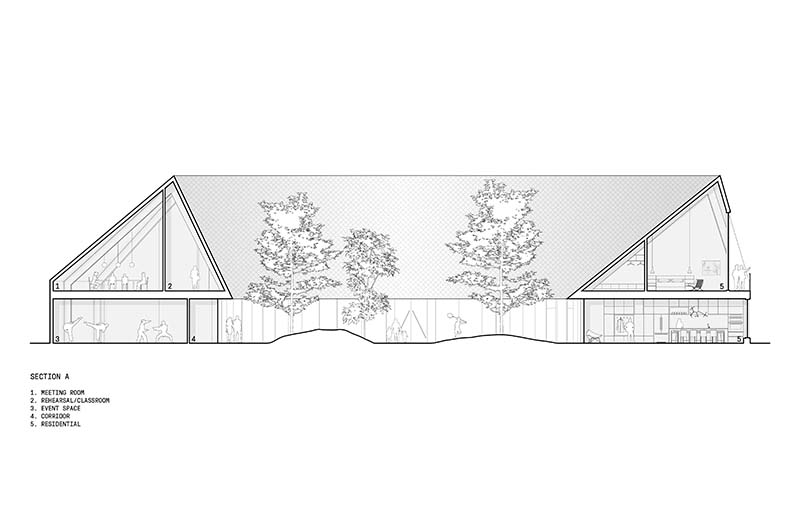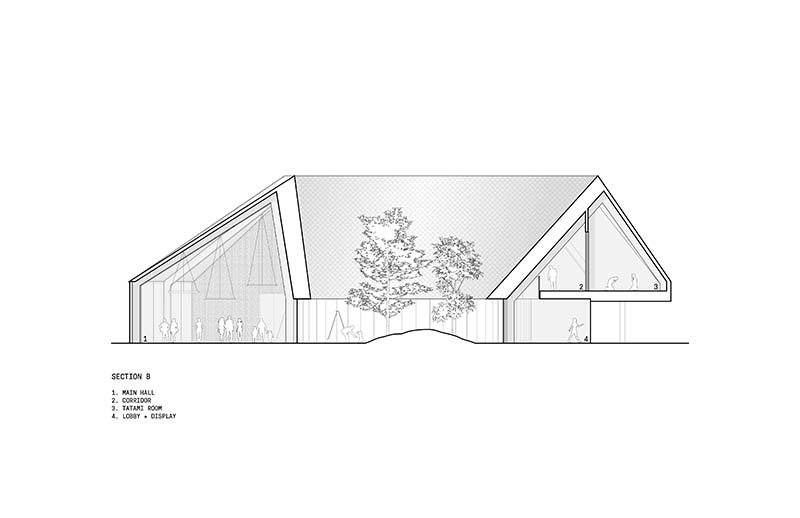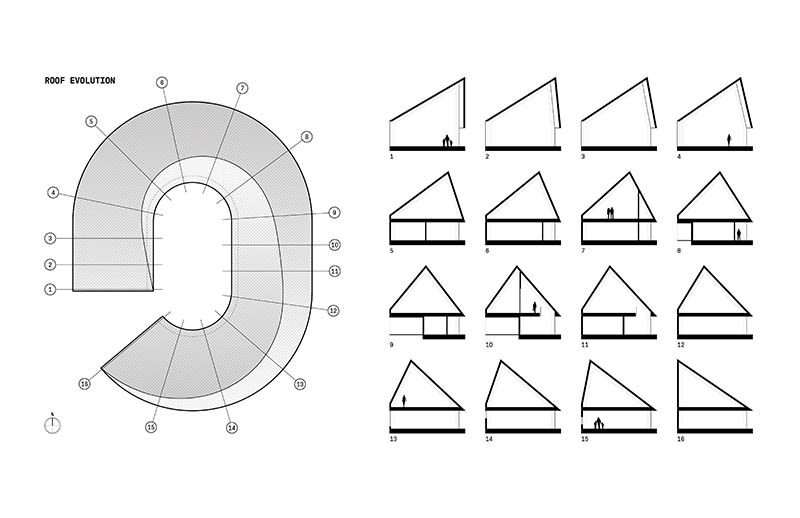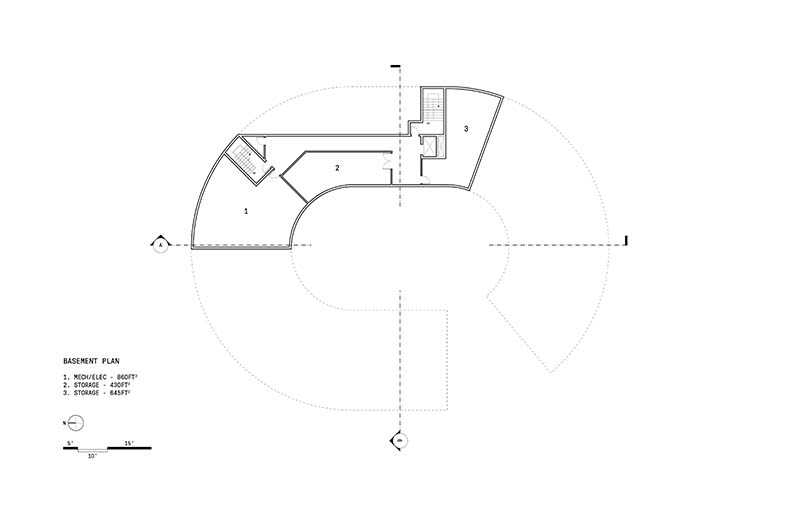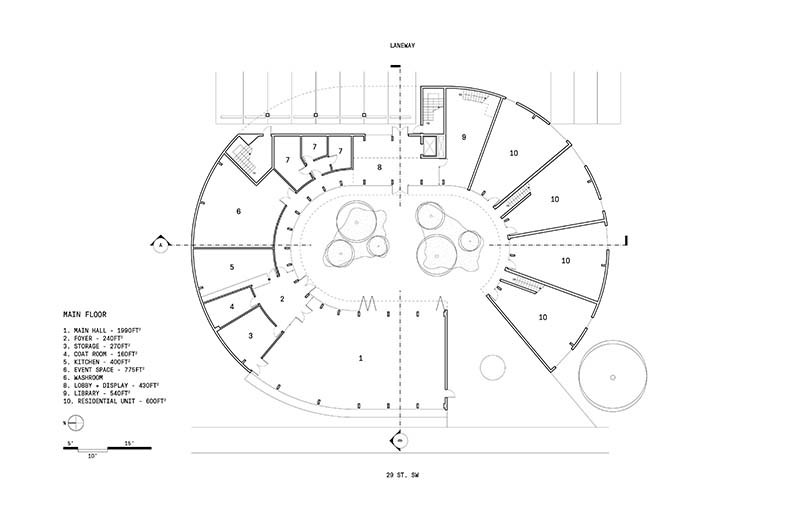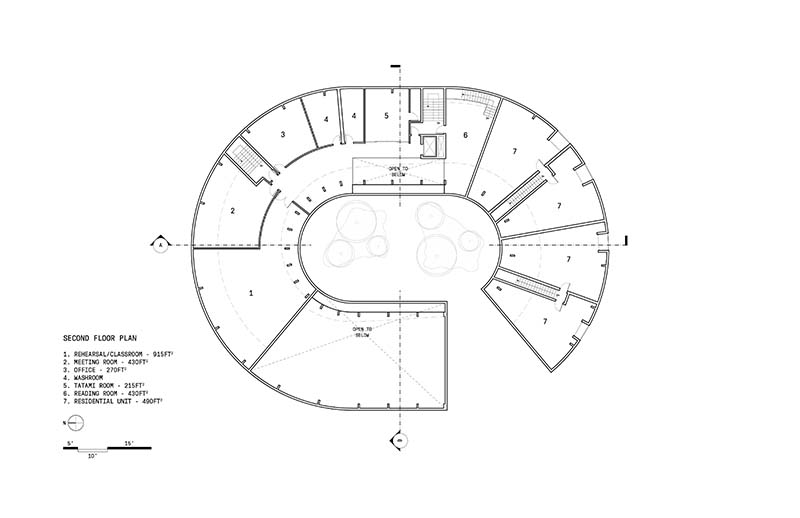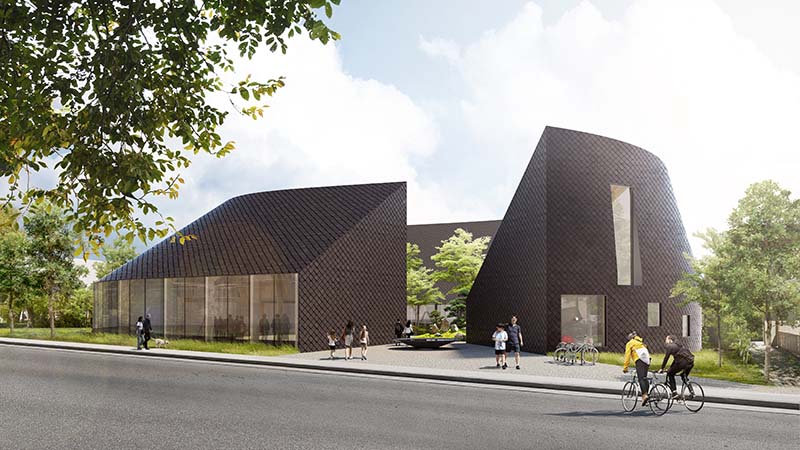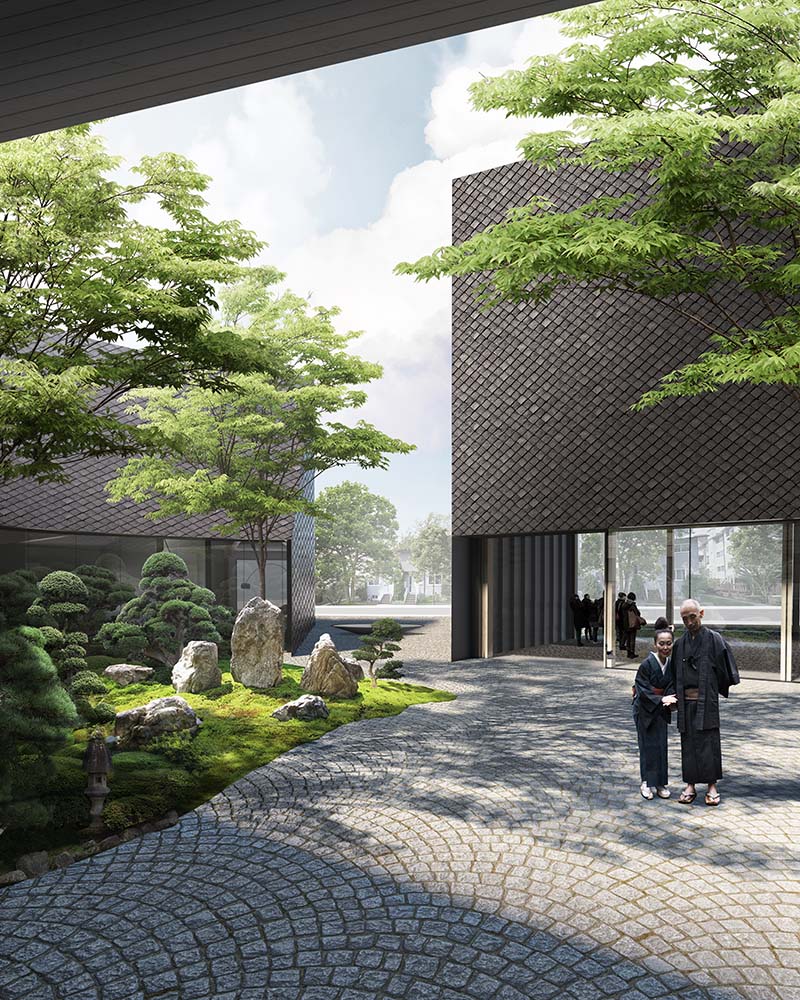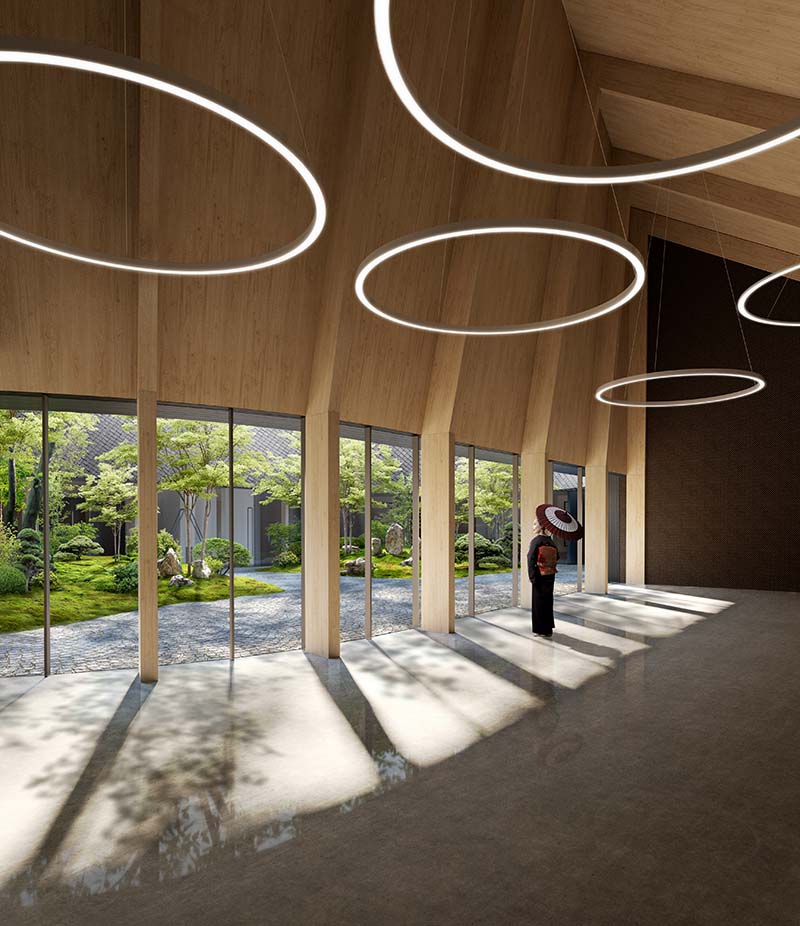The Calgary Japanese Community Association (CJCA) currently resides on two inner-city lots in the quiet residential community of Killarney, comprised of a stand-alone 1970’s era 4-plex and an ad-hoc community center built in the 1950’s that has seen numerous renovations and additions during its 70-year tenure. Recently, our office was approached by members of the CJCA board to explore the possibilities inherent in combining these two separate typologies into a seamless milieu that would not only optimize the highest and best use of their property, but also address concerns over the CJCA’s declining social, cultural and environmental sustainability.
We began by researching sensitive cultural aspects of Japanese culture and Nikkei identity (i.e., Japanese Canadians) that could provide valuable insight into how we would approach (both formally and ideologically) the future home for the new 1,115 sq.m cultural centre and primary community hub for Japanese immigrants in Calgary.
Through this research we discovered the notion of Kakehashi, a Japanese term that translates literally as ‘connection bridge’, which led us towards developing a more inclusive program comprised of the various Japanese cultural, social and educational facilities, 8 affordable housing units and a daycare. Through assembling the disparate program along a linear ribbon, the hope was to encourage cross-pollination and social interaction amongst the various demographics and generations of the centre’s membership.
Throughout the schematic design process, we explored numerous massing options that tested various ways of maintaining the diverse programmatic ribbon and ultimately decided upon an incomplete oval plan that not only references aspects of Zen’s Wabi-Sabi – through the form’s embrace of imperfection and asymmetry – but also Ma – the balance of mass and void. By way of the design process, the ‘void’ developed into a contemporary interpretation of the Engawa – the traditional threshold between building and garden – providing not only an auxiliary space and access point for the various programs, but also framing the revered Japanese garden.
Next, we explored innovative strategies of incorporating passive solar and sustainable design principles into the overall massing. In plan and section, the roof’s ridgeline morphs as it tracks around the oval form – giving it a playful, almost mobius loop-type of feel – that responds to Calgary’s sun path. This shifting roof form funnels natural light into the courtyard and deep into the building’s interiors. In addition, the roof’s generous overhangs provide shading to control glare and heat gain. Stormwater is collected from the extensive surface area of the roof and used for garden irrigation and gray water requirements within the building.
To accommodate the simple and compound curves of the exterior walls and roof respectively, the entire building will be clad with charred cedar shingles, utilizing an ancient Japanese technique known as Shou-Sugi-Ban, which protects the shingles from weather, fire, rot and insects in a sustainable manner, eliminating the need for toxic finishes. Further, the use of renewable local wood and mass timber for the building finishes and structure greatly reduces the project’s carbon footprint. LEED Gold certification is being targeted.

